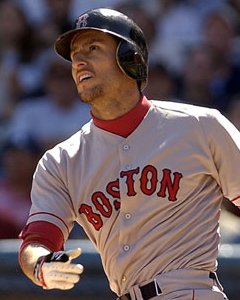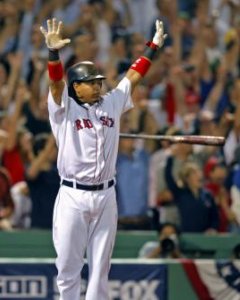What do you have when millionaires and multi-millionaires can’t agree? You get the National Hockey League labor dispute, which two weeks ago boiled over to the point where the NHL owners group decided to “lock out” its players until an agreement is reached. At the center of the dispute is the institution of a salary cap, which the owners strongly support and the players vehemently oppose. At the moment, talks have been broken and both teams appear prepared to hunker down for the long run, which resonates much the same way that the baseball labor war eventually cancelled the remainder of the 1994 season and the first few weeks of the 1995 season.
Even if a “miracle on ice” occurs and the owners and players are able to come to terms before all is lost, perhaps we are witnessing the slow death of a major sports league in the United States for the first time in our lives. The NHL has expanded from “the Original Six” to 30 teams less than 40 years; this increase, which on paper seems to indicate the popularity of the sport, has proven to be a double-edged sword. While there is more exposure of the league in several major markets, the talent level of the league has also watered down and ticket prices have soared dramatically to try and keep pace with the ever-increasing average salary. With that, the popularity of the league has dwindled and, according to Bettman, that translated to losses of more than $1.8 billion in the last ten years, more the fault of a collective ownership that cannot police itself.
So what should baseball take from this debacle? If anything, Major League Baseball may be faced with a similar problem once the collective bargaining agreement expires in December of 2006, just over two years from now. An eleventh-hour deal in 2002 prevented the possible loss of another post-season as the owners and players came to agreement; Bud Selig, representing MLB owners, and Donald Fehr, representing the MLB players association, stood side-by-side and called the agreement “historical” with the agreement to raise the league minimum by 50 percent while creating a luxury tax penalty for teams that exceed defined payroll thresholds instead of a hard cap. However, this has been a band-aid solution to the problem; small-market teams continue to wallow in the basement of their respective divisions while a certain owner who’s name will remain unspoken (hint: rhymes with Steinbrenner) continues to thumb his nose at this agreement, hiking his payroll to eye-popping levels in defiance of these sanctions.
As the NHL travels towards an uncertain future, possibly destined for extinction, baseball needs to recognize that the path of its league does not stray far from where pro hockey is heading. Economic instability and a lack of parity are slowly dragging this league down to the point where interest outside of major markets like Boston and New York is demonstrated by half-empty baseball stadiums and abysmal television ratings. Another strike that plays out as it did ten years ago might drive fans even further away to the point that they are no longer interested in supporting the league with their hard-earned paycheck. With the focus of baseball shifting to the playoffs, the owners and the players should shift focus after the season back to talks on a balanced work package, one that does not punish either side but instead creates better economic sense for the health of baseball. Otherwise, the bell might toll for two major sports this decade.

